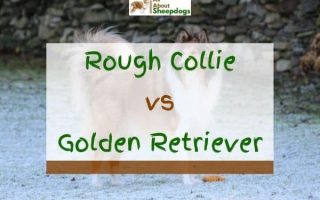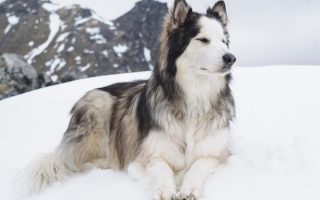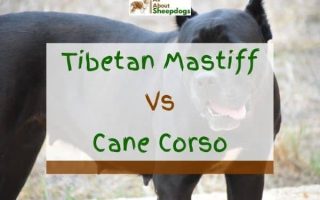Swedish Elkhound and Norwegian Elkhound are among those breeds that often confuse people and get mistaken one for another.
And, it’s not hard to understand why,
The two breeds share similar geographical origins, come from the same genetic background, and were used for similar purposes throughout history.
Even though there are some obvious dissimilarities in size and appearance, these two groups of dogs have, more or less, matching personalities.
They’re both hard-working, energetic, fearless, and resilient breeds.
However, when choosing between the two, the potential owners are more interested in their differences.
To provide some help, I’ll compare Swedish Elkhound vs Norwegian Elkhound and take a deeper look at what separates these two northern breeds.
So, let`s dive in!
| Attributes | Swedish Elkhound | Norwegian Elkhound |
| Good For First Time Owners | No | No |
| Good Guard Dog | Yes | Yes |
| Apartment Friendly | With Enough Exercise | With Enough Exercise |
| Good Family Dog | Yes | Yes |
| Shedding | Moderate To High | Moderate |
| Barking And Howling | High | High |
| Height | 20-26 inches (51-66 cm) | 19-21 inches (48-53 cm) |
| Average Life Expectancy | 12-13 Years | 12-15 Years |
[wpsm_toplist]
Swedish Elkhound – Dog Breed Information
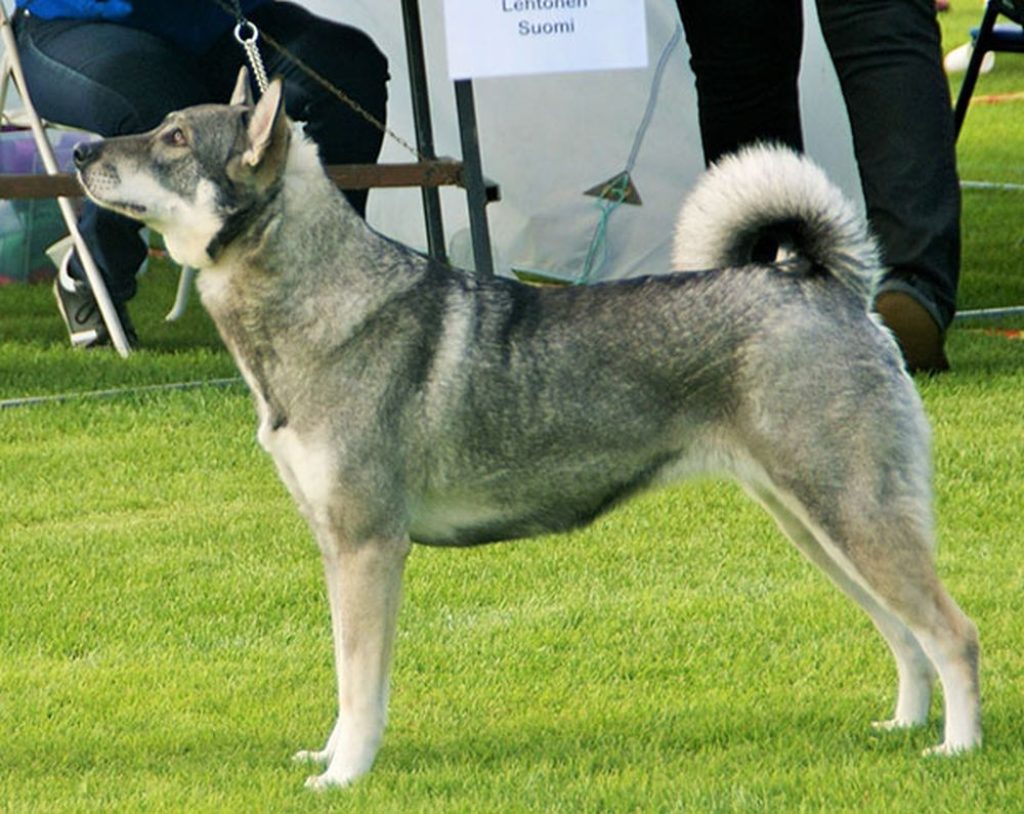
Swedish Elkhounds, as their name clearly says, originate from Sweden, but have been living all over Northern Scandinavia for centuries.
One of the most ancient breeds, they’re also known as Jämthund after the Jämtland, a historical province in central Sweden.
Like most dogs from the North, they were used to pull sleds, but their main purpose was hunting.
This breed helped hunters go after the big game, such as elks, but also bears and lynx.
Appearance
This is a spitz-type breed, rather similar to wolves in appearance. The body is medium-large, muscular with a compact rectangular frame.
As is typical for all northern breeds, Swedish Elkhound has a double coat which provides protection in a cold climate.
The topcoat is semi-long and lies close to the body. The undercoat is thick, wooly, and soft. The topcoat color varies from light to dark grey, while the undercoat is usually cream.
The head is broad and long with a longish muzzle.
The ears are erect and hairy, while the eyes are dark brown and oval-shaped with an intelligent expression. Swedish Elkhound’s tail is curled over its back.
Adult males grow up to 20-26 inches (52-65 cm) and weigh 55-78 pounds (25-35 kg).
Fully grown females are about the similar height and weight as males.
Temperament
Swedish Elkhound has a true heart of a hunter. They’re courageous, tenacious, hard-working, and very energetic.
However, they’re capable for much more than hunting. When properly trained, they can be used for almost any job.
They do have a certain level of stubbornness and some independence tendencies, so it’s important to establish leadership early on.
Still, due to their intelligence and eagerness to please, they are not very hard to train.
Besides being hard-workers, this Swedish breed is also very affectionate, devoted and loyal to their family.
They get along great with kids and are very patient and careful when around them.
However, due to their high prey drive, they may have to be supervised around other pets, especially if not properly socialized.
Swedish Elkhounds are bursting with energy, so they need constant physical, as well as mental, stimulation.
Most likely, they will not be content cooped up inside.
Norwegian Elkhound – Dog Breed Information

This breed originated in the rough Norwegian country and its roots can be traced more than a thousand years back to the dogs Vikings used for hunting and guarding duties.
Legend says that these loyal dogs were even buried with their Viking masters.
Nowadays they still serve as reliable watchdogs and are sporadically used for hunting, while they’re becoming more and more popular as family dogs.
Appearance
Norwegian Elkhounds are medium in size and are hardy and squarely built. They have a muscular and strong body typical for hard-working dogs.
The body of the Norwegian Elkhound is covered with a water-resistant double coat developed as a protection against the harsh Scandinavian weather.
The topcoat is relatively short, straight, coarse, and lies smooth. The undercoat is soft to touch, wooly, and very dense.
Ears, face, and legs are covered with hair that’s a bit shorter. The coat color is various shades of gray, and silver, with black hair tips.
The head is wedge-shaped and broad. The ears are high-set and stand erect, while the eyes are dark-brown. The tail curls over the back.
There’s not much difference between males and females when it comes to size.
The adult dogs are 19-21 inches (45-55 cm) high and weigh 39-56 pounds (18-25 kg).
Temperament
Norwegian Elkhound is a breed that likes to work hard and play hard. They’re fearless, energetic, and extremely loyal.
While they’re known as calm and composed guardians, they also have a playful side to them.
They love to be around family and particularly enjoy time spent with kids.
Norwegian Elkhounds thrive on the attention they receive from the owners and appreciate any chance to join the family activities.
As they have loads of energy, these activities need to be frequent and challenging.
While not aggressive, they are rather shy around strangers and will bark extensively if they feel threatened.
They may not always be friendly towards other pets, especially smaller ones.
Similar to all breeds with similar geographic origins, they’re rather independent, so it’s necessary for them to go through early socialization and retraining to ensure obedience.
Swedish Elkhound vs Norwegian Elkhound – What’s The Difference?
| Swedish Elkhound | Norwegian Elkhound |
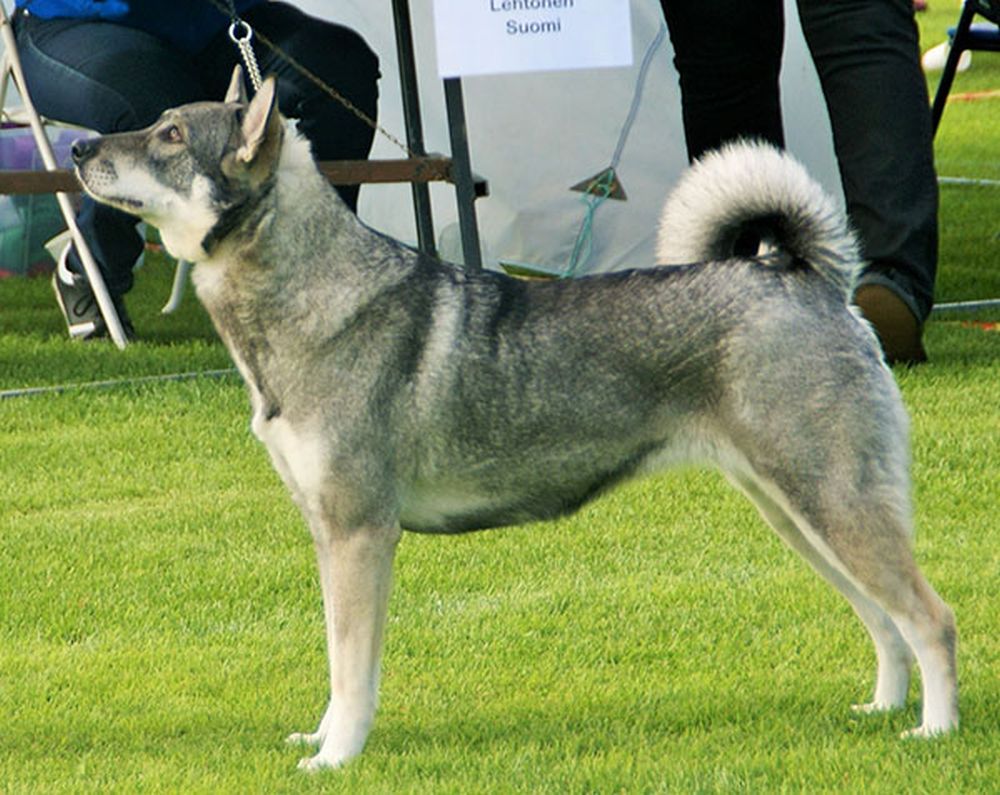 | 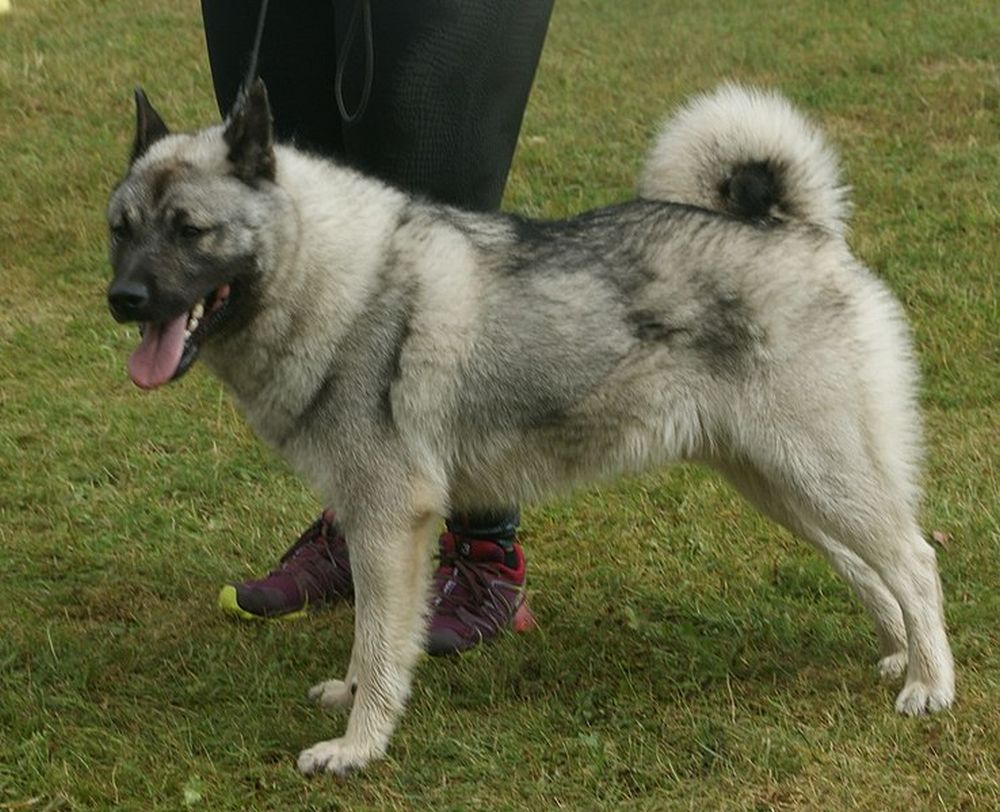 |
| Swedish Elkhound by Canarian (CC BY-SA 4.0) | Norwegian Elkhound by Canarian (CC BY-SA 4.0) |
Sharing so many common origins and backgrounds, it’s logical that Swedish Elkhound and Norwegian Elkhound are rather similar breeds in many aspects.
The differences, however, start with appearance. The Swedes are higher and somewhat bulkier and have a tad darker coat.
Other than that the build is rather similar, as they’re both spitz-type dogs.
Both breeds require owners with some experience, but they can still be handled by committed first-time owners.
Still, Norwegians are a bit easier to train as they have less of a natural stubbornness to them.
On the other hand, Swedish Elkhound is slightly more intelligent and versatile.
Norwegian Elkhound is more adaptable and is a better fit for apartment living, although both breeds are better suited for country life compared to living in the city.
However, the Norwegian breed also sheds more and demands more grooming effort.
Conclusion
Swedish and Norwegian Elkhounds have so much in common that they were for a long time considered as two variants of the same breed.
This guarantees that you can hardly go wrong with either of these breeds.
Other than personal preference, there’s not much else that could play the role in choosing between the two.
The fact that the Swedish breed is slightly better at hunting hardly plays a role nowadays, particularly when looking for a family dog.
Still, be prepared for some serious activity whichever you go for.
Both of these dogs are extremely energetic and need a lot of exercise both for the body and the mind.
Otherwise, these are friendly, playful, and loyal dogs that would make a wonderful new member of any family.

